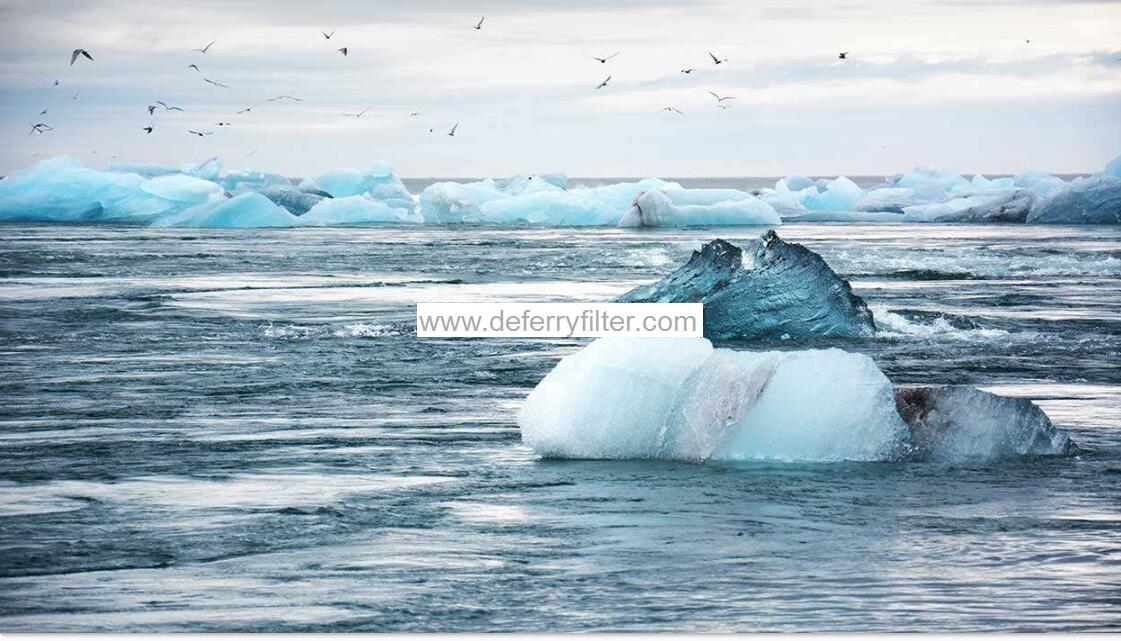Industry new
Climate change is reaching a tipping point

Four years ago, it was Paris; for the next fortnight, it is Madrid. The scenery changes but the message does not: the world is running out of time to halt catastrophic climate change. The efforts made to honour the 2015 Paris pledge to limit the rise in global average temperature to under 2C, and ideally 1.5C, above the pre-industrial average, have been “utterly inadequate”, according to the UN secretary-general.
António Guterres, speaking in Spain ahead of the COP25 climate summit to negotiate an emissions trading system, warned that the Earth was belching its way towards a “point of no return”. He blamed politicians for continuing to subsidise fossil fuels and refusing to tax pollution.
Perhaps Mr Guterres had caught sight of an article, published last week in the journal Nature, speculating whether the planet has already reached a critical state of warming and is now, climatically speaking, doomed. The analysis of nine climate “tipping points” concludes that we are in a “planetary emergency”, and possibly heading towards a hothouse Earth.
While some climate dangers, such as the runaway melting of ice sheets, have been historically predicted to happen if global average temperatures rise by 5℃, later models have lowered some of those margins down to between 1℃ and 2℃.
Worse, the tipping points might interact with each other in unknown ways, the researchers warn, to threaten a global cascade of irreversible harm. “If damaging tipping cascades and a global tipping point cannot be ruled out, then this is an existential threat to civilisation,” writes Timothy Lenton, director of the Global Systems Institute at the University of Exeter, UK, who collaborated with academics in Germany and Denmark.
A tipping point is defined by the Intergovernmental Panel on Climate Change as a “large-scale discontinuity” in one piece of the Earth’s climate. Interrelated pieces include familiar totems such as Arctic sea ice and the Amazon rainforest. Less well-known components include the Atlantic Meridional Overturning Circulation, a “conveyor belt” that shifts warm water from the tropics northwards and brings deeper, colder water back south; and boreal forests, the evergreen thickets that ring northern latitudes, sometimes sit atop permafrost and act as a vast carbon store.
RELATED NEWS
CATEGORIES
LATEST NEWS
CONTACT US
Contact: Lucas Wei
Phone: +086 018176272296
Tel: +086 018176272296
Email: [email protected]
Add: No. 3, Gaoxin East 2nd Road, High-tech Zone, Nanning, Guangxi ,China

